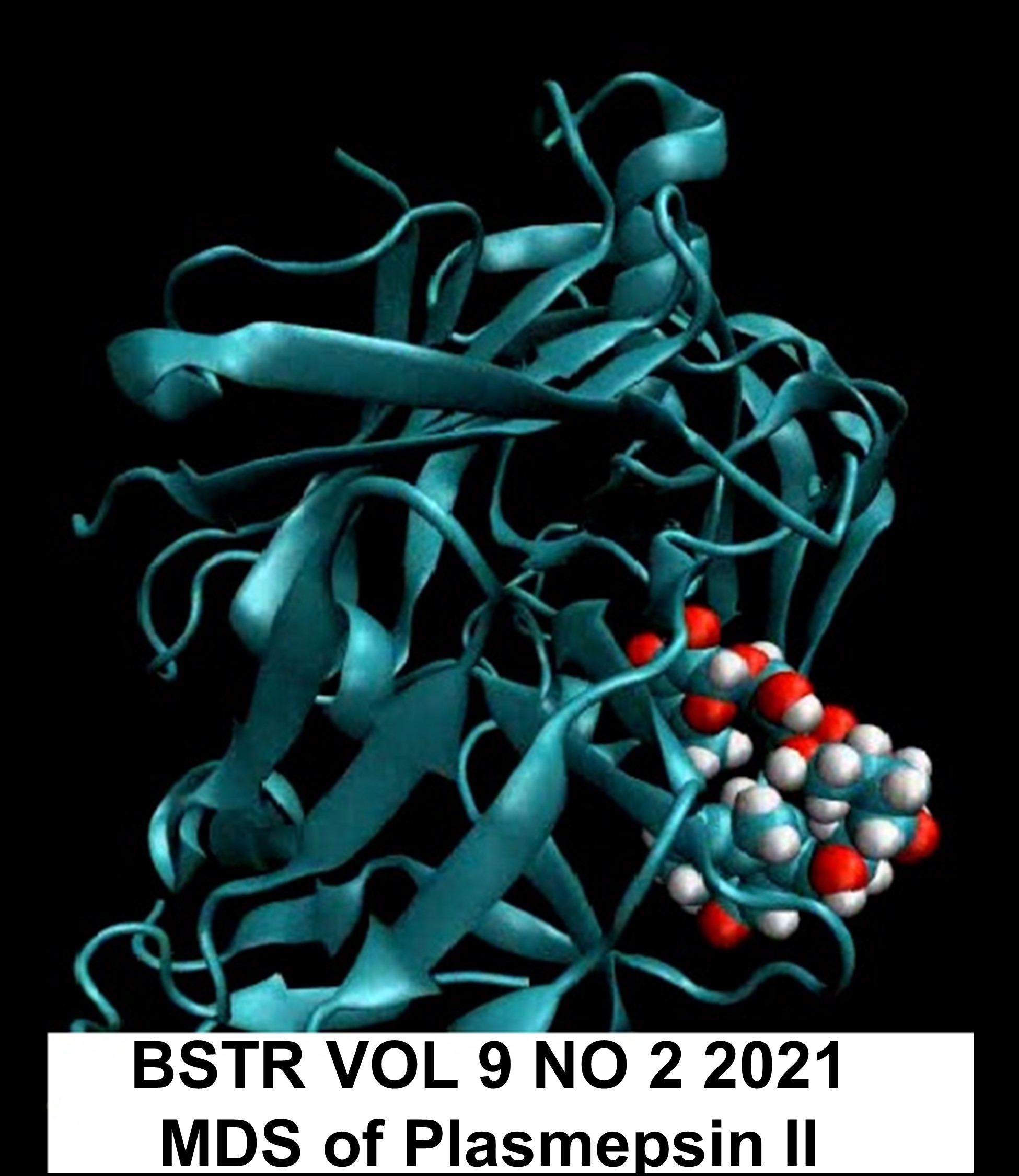Molybdenum Blue Production from Serratia sp. strain DRY5: Secondary Modeling
DOI:
https://doi.org/10.54987/bstr.v9i2.622Keywords:
Molybdenum, Heavy metal, Serratia sp, Monod, BioremediationAbstract
In this work, kinetic growth models such as Luong, Yano, Teissier-Edward, Aiba, Haldane, Monod, Han and Levenspiel were used to model molybdenum blue production from Serratia sp. strain DRY5. Based on statistical analyses such as root-mean-square error (RMSE), adjusted coefficient of determination (adjR2), bias factor (BF), and accuracy factor (AF), the Monod model was chosen as the best. The calculated values for the monod constants qmax (the maximum specific substrate degradation rate (h−1), and Ks (concentration of substrate at the half maximal degradation rate (mg/L)) were found to be 3.86 (95% confidence interval of 2.29 to 5.43), and 43.41 (95% confidence interval of 12.36 to 74.46) respectively. The novel constants discovered during the modelling exercise could be used in further secondary modelling.
Downloads
Published
How to Cite
Issue
Section
License
Authors who publish with this journal agree to the following terms:
- Authors retain copyright and grant the journal right of first publication with the work simultaneously licensed under a Creative Commons Attribution License (http://creativecommons.org/licenses/by/4.0) that allows others to share the work with an acknowledgement of the work's authorship and initial publication in this journal.
- Authors are able to enter into separate, additional contractual arrangements for the non-exclusive distribution of the journal's published version of the work (e.g., post it to an institutional repository or publish it in a book), with an acknowledgement of its initial publication in this journal.
- Authors are permitted and encouraged to post their work online (e.g., in institutional repositories or on their website) prior to and during the submission process, as it can lead to productive exchanges, as well as earlier and greater citation of published work (See The Effect of Open Access).


